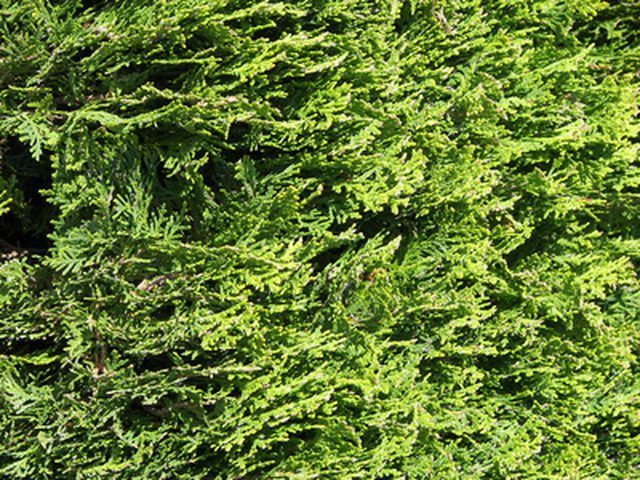Bulbs
Flower Basics
Flower Beds & Specialty Gardens
Flower Garden
Garden Furniture
Garden Gnomes
Garden Seeds
Garden Sheds
Garden Statues
Garden Tools & Supplies
Gardening Basics
Green & Organic
Groundcovers & Vines
Growing Annuals
Growing Basil
Growing Beans
Growing Berries
Growing Blueberries
Growing Cactus
Growing Corn
Growing Cotton
Growing Edibles
Growing Flowers
Growing Garlic
Growing Grapes
Growing Grass
Growing Herbs
Growing Jasmine
Growing Mint
Growing Mushrooms
Orchids
Growing Peanuts
Growing Perennials
Growing Plants
Growing Rosemary
Growing Roses
Growing Strawberries
Growing Sunflowers
Growing Thyme
Growing Tomatoes
Growing Tulips
Growing Vegetables
Herb Basics
Herb Garden
Indoor Growing
Landscaping Basics
Landscaping Patios
Landscaping Plants
Landscaping Shrubs
Landscaping Trees
Landscaping Walks & Pathways
Lawn Basics
Lawn Maintenance
Lawn Mowers
Lawn Ornaments
Lawn Planting
Lawn Tools
Outdoor Growing
Overall Landscape Planning
Pests, Weeds & Problems
Plant Basics
Rock Garden
Rose Garden
Shrubs
Soil
Specialty Gardens
Trees
Vegetable Garden
Yard Maintenance
How to Care for Cryptomeria
How to Care for Cryptomeria. Also known as Japanese cedar, cryptomeria is a slow-growing evergreen tree that is drought tolerant. Cryptomeria prefers to grow in full sun and in well-drained soil. The tree thrives when planted in USDA Hardiness Zones 5 through 9. Cryptomeria will reach heights of 50 feet with a 25-foot spread at maturity. Planted in...

Also known as Japanese cedar, cryptomeria is a slow-growing evergreen tree that is drought tolerant. Cryptomeria prefers to grow in full sun and in well-drained soil. The tree thrives when planted in USDA Hardiness Zones 5 through 9. Cryptomeria will reach heights of 50 feet with a 25-foot spread at maturity. Planted in most landscapes for its ornamental value, Japanese cedar develops coppery foliage in the fall and requires little care once its roots are established.
Things You'll Need
Soaker hose
Fertilizer
Pruning shears or pruning saw
Fungicide
Mulch
Water the cryptomeria generously after planting. Use a soaker hose to deliver deep watering. Keep the soil moist to a 1-inch depth at all times during the first growing season. Supplemental watering in lieu of rain is usually all that is necessary once the tree is established. Deep, once-a-week waterings are best during the summer months.
Feed the cryptomeria a diet of all-purpose fertilizer. Follow the label instructions on the fertilizer packaging for allocation amounts and frequency. Most Japanese cedar trees appreciate a dose of fertilizer prior to the development of new growth in the spring.
Prune the cryptomeria in the early summer. Remove dead, damaged, inward-growing or diseased branches with a pair of pruning shears or a pruning saw. Pruning will help the cryptomeria keep its pyramid-like shape and also encourage new growth.
Treat leaf blight with a fungicide. Cryptomeria trees are prone to diseases such as leaf blight and respond well to the application of a fungicide during the morning hours. Follow the instructions on the fungicide for the recommended application procedures.
Provide the cryptomeria tree with plenty of air circulation to prevent disease. Pulling weeds that grow under the canopy of the Japanese cedar will help improve airflow. A 3- to 4-inch layer of pine bark or straw can help prevent weeds from growing back. Mulching also improves water retention.